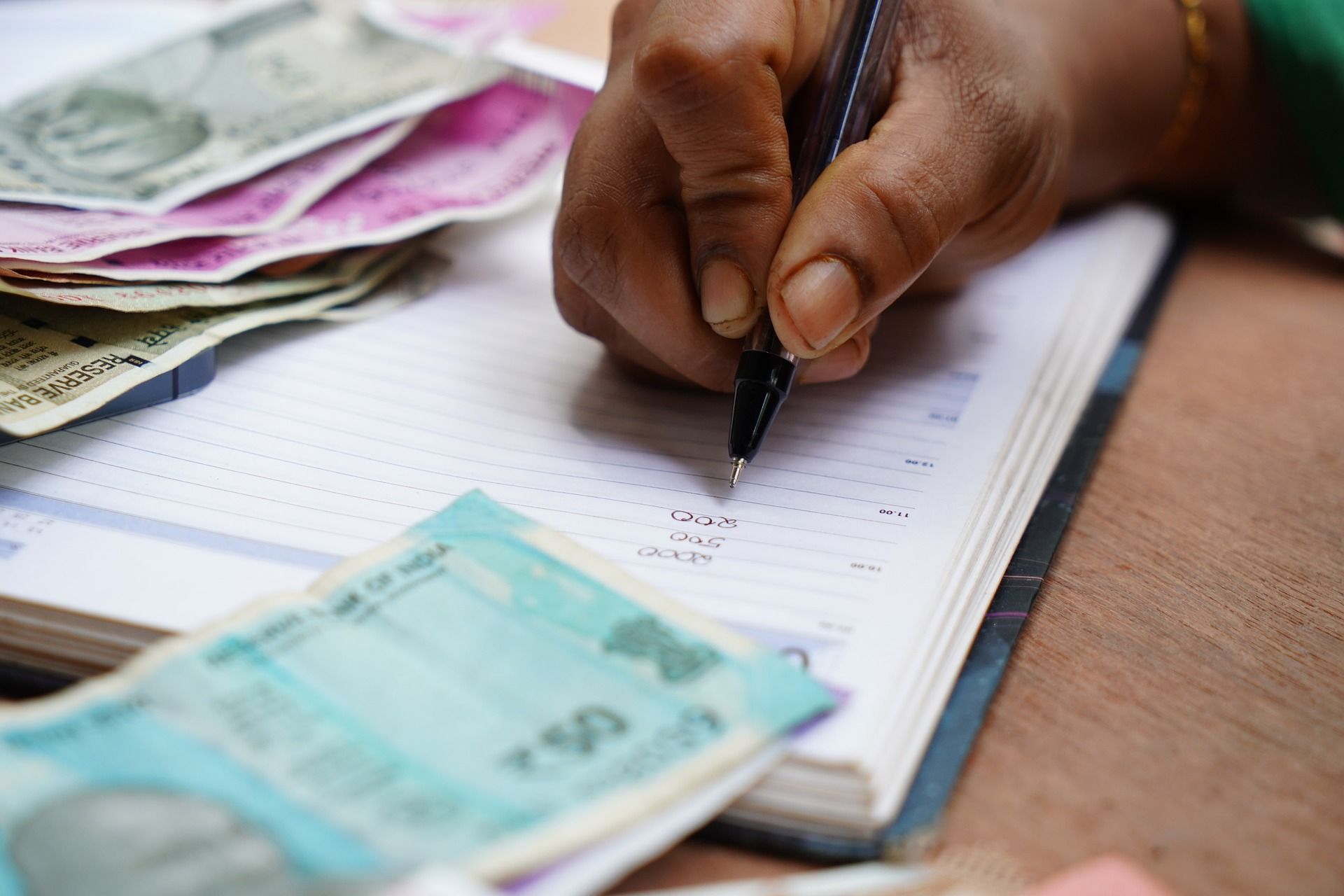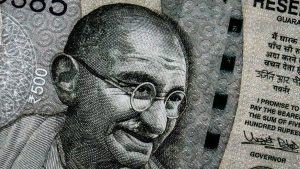Central Bank of India, Indian Overseas Bank, Bank of Maharashtra, and Bank of India are the four mid-sized state-run banks on the central government’s list for privatisation, according to a Reuters report. In a new bid to sell state assets and shore up government resources, starting with second-tier banks, Prime Minister Narendra Modi aims to privatise the banking sector that employs thousands and is politically risky as it could put many jobs at risk.
Under privatisation, a matter that is not yet public, the officials told Reuters that two of the selected banks will be selected for sale in the 2021-22 financial year that starts on April 1. The first round of privatisation of banks, the shortlist that has not been reported earlier, will be done by the government to test the waters, officials told Reuters, adding that after this the government will look into doing the same for bigger banks.
However, the centre will continue to hold a majority state in the State Bank of India, India’s largest lender that is seen as a ‘strategic bank’ to implement government’s initiatives, such as expanding rural credit.
According to the Reuters report, a finance ministry spokesperson has declined to say on the issue.
The banking sector is reeling under a heavy load of non-performing assets that are likely to rise once banks will be allowed to categorise loans, which became worse during the coronavirus pandemic. Looking to overhaul the COVID-hit banking sector, the centre earlier wanted to put the four selected banks on sale in the 2021-22 financial year, however, officials have advised against it amid fears of resistance from unions that represents bank employees, the Reuter report says.
According to an estimate from bank unions, the Central Bank of India has 33,000 staff, Bank of India has 50,000, Indian Overseas Bank has 26,000 while Bank of Maharashtra employs around 13,000.
Reportedly, the Bank of Maharashtra, having a smaller workforce, would be the first potential bank to be sold as it would be easier to privatise it. The sources have told Reuters that the actual privatisation of banks may take five to six months to start.
Meanwhile, the centre is hoping that India’s central bank, Reserve Bank of India, will ease lending restrictions soon on Indian Overseas Bank after an improvement in the lender’s finances that could help its sale, Reuters report says.






